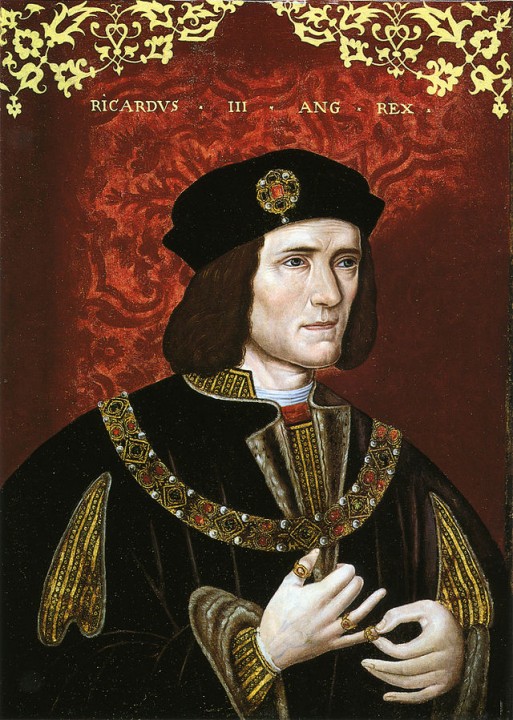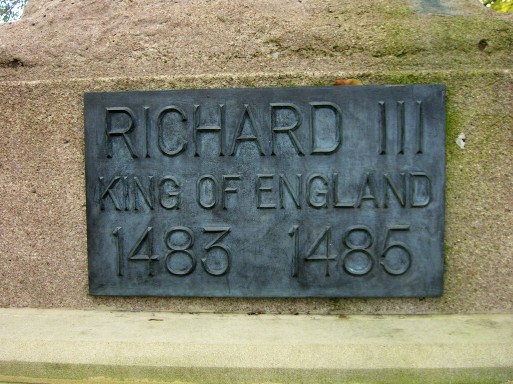He died in 1485, but King Richard III is finally getting his own funeral. It took 530 years after his death in battle for the former ruler to have a proper burial.
The king’s story is an unusual one. In 2012, a group of investigators dug up a parking lot in Leicester, believing it to be the site of Richard III’s remains. The former king was described as having a hunchback from his deformed spine, so investigators were on the lookout for a deformed skeleton buried deep under the site.
They found a misshapen skeleton resting under the concrete, and DNA analysis confirmed the skeleton belonged to King Richard III.
Why was a king of England found buried under a parking lot?
Well, Richard III had a lot of enemies. Although he only ruled for about two years, in that short time, he managed to gain a reputation as a cold-blooded murderer.
Here’s what happened: Richard’s brother King Edward IV died in 1483, leaving Edward’s eldest son Edward V as the next in line for the crown. The 12-year-old Edward V and his younger brother traveled to the Tower of London, where they were to await Edward’s coronation as king. The boy’s hopes were shattered when it was revealed that his parents’ marriage wasn’t valid. He couldn’t be crowned king of England.
Richard III was the next in line after the boys to take the crown. After he accepted the throne, his nephews were never seen again. Many assumed Richard III had them killed.
Just a few months after he took his place as king, Richard III defended himself against a massive rebellion of Edward IV’s supporters. In 1485, Henry Tudor led another rebellion against Richard III, killing the king in battle.
Thousands of people viewed his death as a victory. In fact, they had his body stripped naked and displayed in public for weeks after his death. His body was buried in Leicester without a funeral service. A monument marking his grave was later destroyed in the 1500s.
Centuries passed as buildings were erected on top of the burial site. Eventually, a parking lot was built over Richard III’s grave, long after knowledge of his burial site had been lost with history.
For his funeral this week, a hearse carried Richard III through Leicestershire in an oak coffin. His skeleton will be buried in Leicester Cathedral on March 26.
His story proves that history is not often kind, and that even kings can rest in unmarked graves, with no one to mourn over their bodies.
While the Tudor family and even William Shakespeare painted Richard III as a villain, historians aren’t sure if he earned his fearsome reputation. Some historians say Richard III was actually an enlightened king who was the victim of cruel rumors and prejudices against his medical condition. Others say there’s little doubt he had something to do with the deaths of his nephews, who also never received a proper burial.
Burial rights seem unimportant until we consider the impact they have on one’s standing in society. For the King of England to receive no funeral would have meant he wasn’t worthy of one. In this way, Richard III’s burial this week reinstates his importance in England’s history.

 The Funeral That Took 530 Years
The Funeral That Took 530 Years




 “Songbird” by Fleetwood Mac
“Songbird” by Fleetwood Mac

 How to Comfort A Dying Loved One
How to Comfort A Dying Loved One














